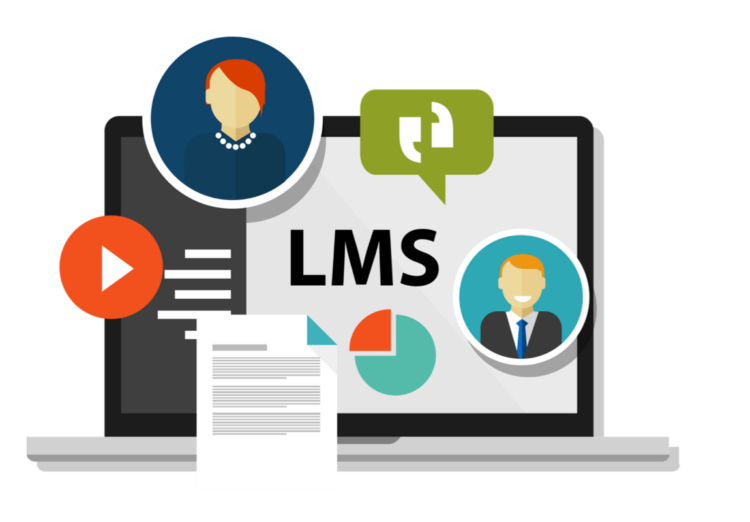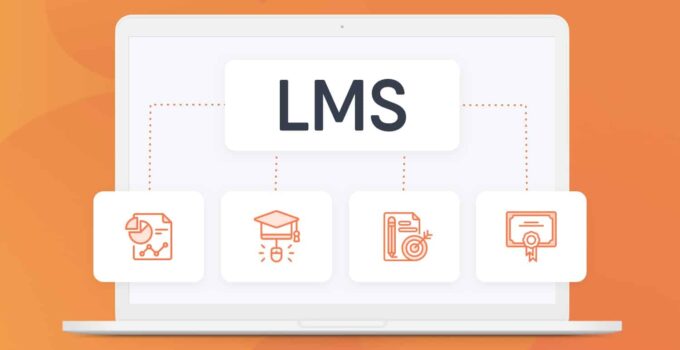If you are a newbie in the eLearning industry, you need a compatible and effective learning management system. Within a short period, you will discover that the eLearning market is flooded with a variety of options. A big question arises: How do you come to a decision?
Which LMS will fit your organization’s needs? How to compare two LMSs?
This article is for you if you are looking for such a comparison but don’t know where to start or what criteria to use.
Trying to compare two LMSs for your business can be very tricky, but with the right criteria and enough research, you should be able to make a well-informed decision.
In comparing two LMSs, we should be aware of certain elements. Some elements are often overlooked while comparing two LMS, but they can make or break a successful training platform implementation in an organization.
Page Contents
1. LMS Features:
To compare LMS platforms, you must first conduct a business need analysis. You must outline the use case scenario of both the LMS to understand the feature list you require for your training and management needs.
Comparing LMS platforms requires understanding features that are obsolete and unhelpful to the operation of the LMS. It is critical to understand what these features are. This is the only way to avoid them since they are of no value to your LMS. They may confuse your administrators, slow down your LMS, and discourage your learners from using the platform at all. E-commerce is one of these features. It’s not entirely horrible to have this as part of your LMS, but it doesn’t bring much value to a business that doesn’t create or sell eLearning material.
If your organization’s needs are simply onboarding, compliance, or attendance tracking, for example, licensing an LMS with additional capabilities is unnecessary If you require an LMS for sales training, extended enterprise training, employee soft skill training, or process training, a platform with robust analytics and reporting tools, or one that can host webinars and online courses, is a better choice. Selecting an LMS that supports mLearning that works flawlessly on numerous platforms is critical for sales training.
2. Trial version period:

Source: timocco.com
Free trial versions of LMS are designed for users so that they can check the LMS for free of cost for a limited period. The objective behind the trial version is to ensure whether the LMS is the right fit for your business or not.
This is the second thing you should check with your LMS vendor. You need to know the base price of your LMS and whether it has any free options. If not, then you may be in trouble, because you have to pay for something before you can know if it suits your needs or not. If your vendor offers only a 14-day trial period, then also uncertainty waves in. Within this short period, you cannot get a clear idea about that tool’s functionality and usability. Ideally, the trial version of an LMS should be 30 days.
3. User reviews:
User reviews or feedback about the LMSs are opinions of another customer on that LMS based on their experience. User reviews assist other consumers in gaining a comprehensive understanding of the product before purchase. They may read the reviews and make up their minds about whether or not the product is worth buying.
You may also look for LMS reviews online here from real users to double-check that the LMS you are choosing suits your industry.
It is always good when other people tell you about their experience with that tool so that you can make an informed decision about its usefulness for your business. As the user review is given by real users you can trust these reviews to gain a better understanding of the customer experience provided by LMS vendors on their website.
You can also collect personal feedback from extended partners of your business. To know about the training platform they are using for their organizational training and how it benefits their organization. And if you are upgrading to a new LMS you can also check out feedback from employees, past trainees, and subject matter experts in your organization.
4. License Type:
Any software is available in different licenses, which could make or break your budget for the software. The three most common types of licenses in the learning management system market are
- a) Per-user license: You’ll pay a predetermined amount for a certain number of trainees.
- b) Per active-user learner: You’ll pay for users who utilized the LMS in the previous payment month.
- c) Per-course license: You only pay for the courses you use. This is a pay-as-you-go scheme.
- d) Subscription license: For a periodic license, you’ll pay a specified sum. The cost is frequently divided into tiers based on the features provided.
Check out which type of license is best suited for your training budget and feature requirements. As every license type comes with a different set of usability.
5. Cost:

Source: blog.gaijinpot.com
Cost is always a vital factor when it comes to software purchases. Not only do you need to check if there are any discounts available, but also check if there is any possibility of negotiating pricing based on volume or purchasing agreements with other companies within your organization.
6. Ease of deployment:
If you are looking at a training program management solution, ease of deployment is a key factor that should always be taken into account. Ease of deployment refers to how easy it will be for you to integrate the Learning Management System (LMS) with the rest of your infrastructure and how much time will be required.
The most important questions that come with comparing ease of deployment for two LMS are:
- Does it integrate with existing systems?
- What stability does the platform offer?
- How easy is it to learn?
- Is there an admin area I can work from?
- Does the LMS offer learner and admin dashboards separately?
- Can I customize the platform based on my business needs?
- Is the LMS compatible with the plug-ins required?
7. Tech support:
For new LMS users, customer support or after-sales service is critical. Data integration, learner addition, course creation, and extensive reporting capabilities are tough to understand in a day or even a week. When transitioning to a new platform, even the most seasoned LMS administrators want dependable assistance.
Before transferring the final amount it is important to understand what type of tech support does each LMS offer? Some LMS offer 24X7 call or chat support and some LMS offer a central bank of FAQs. What type of tech support is enough for the training needs of your organization?
Conclusion:

Source: atlanticwebfitters.com
When choosing an LMS, you may be considering your options. But how do you know which one is the best LMS for you? Trying to decide between two similar systems can be a headache. So these tips can help when trying to choose the best LMS for your business.





